Josh66
Been spending a lot of time on here!
- Joined
- Oct 31, 2007
- Messages
- 14,593
- Reaction score
- 1,239
- Location
- Cedar Hill, Texas
- Can others edit my Photos
- Photos NOT OK to edit
Make a straight line from the intersection of the two blades across the center of the lens (with the line extending beyond the edges on both ends), that will be the 'finger' coming off of the light. With an even number of blades the fingers opposite of each other line up, making it look like one, with an odd number none of them line up.You dont need filters to create starbursts, they are made using a small aperture, the number of light "fingers" is dependent on the number of aperture blades in the lens, the diffraction occurrs where 2 blades overlap.
An even number of blades say 6, will give 6 fingers, an odd number gives twice as many, I don't know why that is....I'm too stupid, I just know its true.
That's my theory anyway, I'm pretty sure it's right, but I wouldn't know how to prove it.
Does that make sense? It would be a lot easier to explain if I could draw a picture of what I'm talking about and post it here...


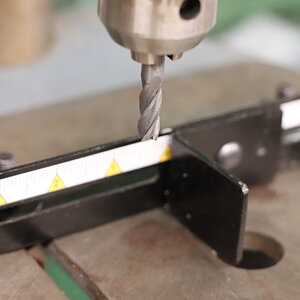
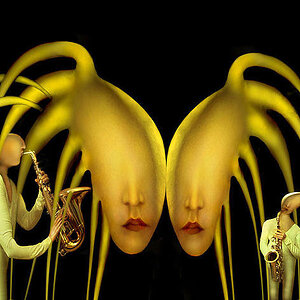

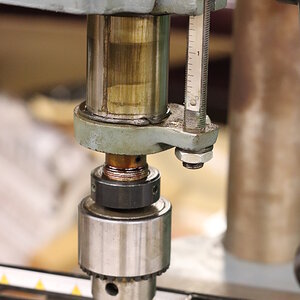
![[No title]](/data/xfmg/thumbnail/41/41894-692c98920dde335de241400937ed6166.jpg?1619739934)
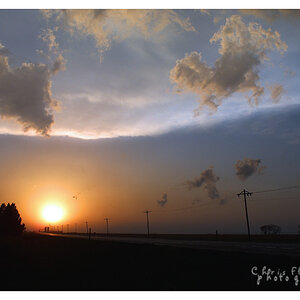
![[No title]](/data/xfmg/thumbnail/35/35264-5ade32b7036391926536661aeb7491c3.jpg?1619736969)
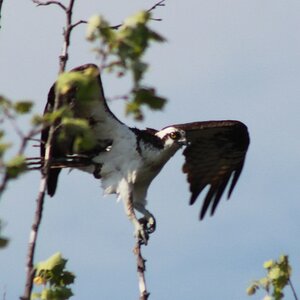
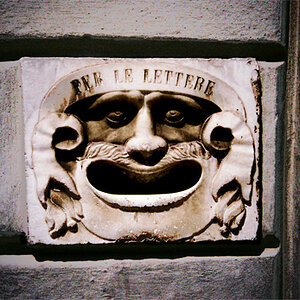
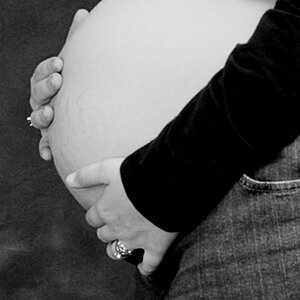
![[No title]](/data/xfmg/thumbnail/41/41895-34e19a98c1811c8d543811c45d6ca604.jpg?1619739935)
![[No title]](/data/xfmg/thumbnail/38/38261-db20f6f92ee8f0d4c5cf1536e308638b.jpg?1619738546)